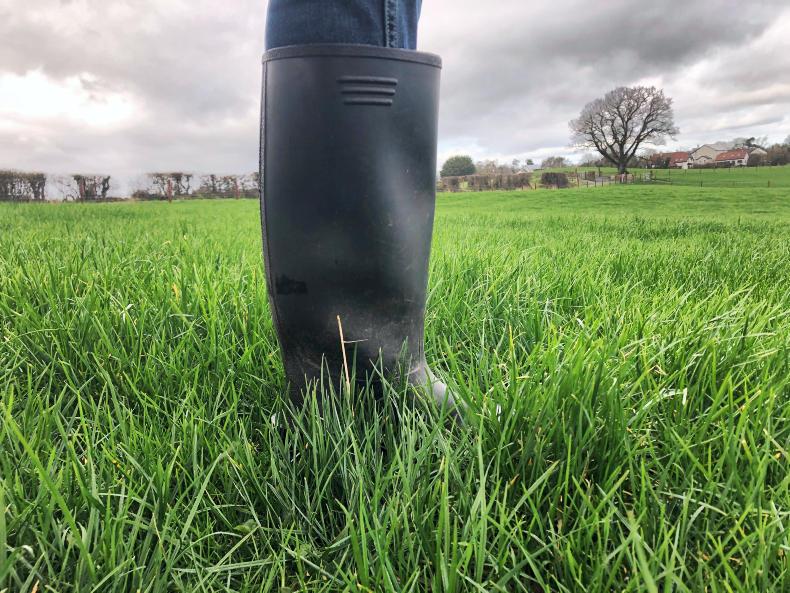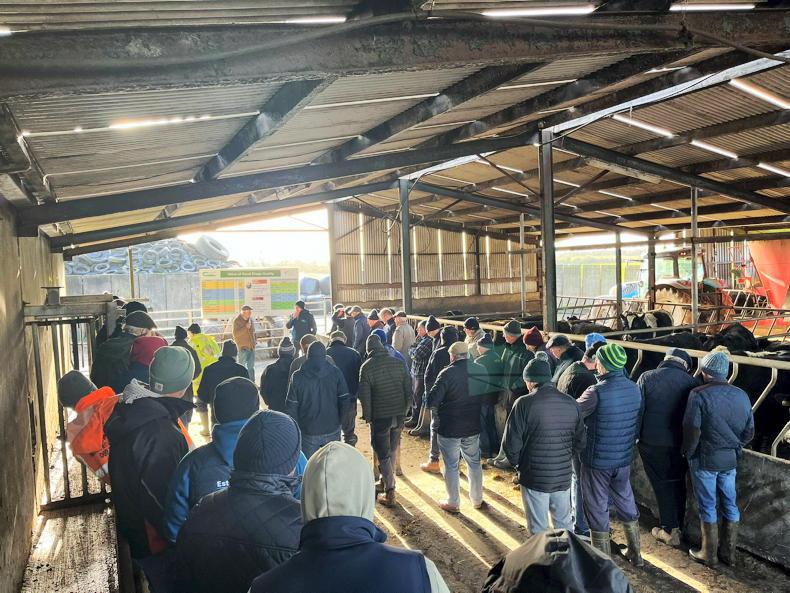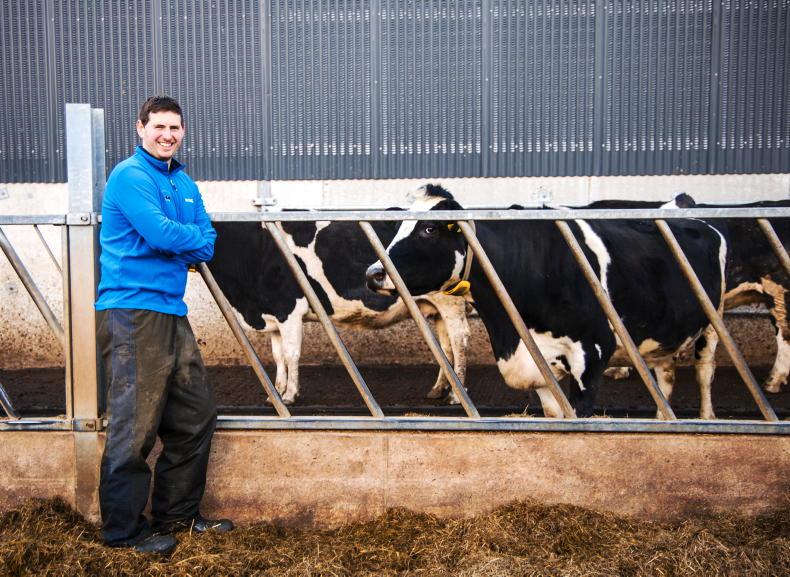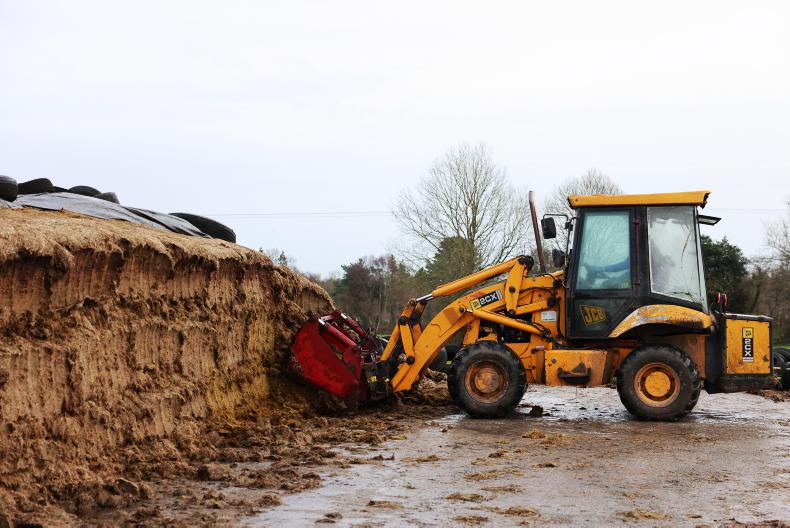It has turned out to be a very late spring on most drystock farms. The majority will have had little to no opportunities to start meaningful grazing until now.
Land has dried well since Wednesday though and this weekend should see stock getting to grass at long last.
With albeit very minimal growth in February and March to date, the early closing and relatively mild November, December and January should mean grass supplies are plentiful on farms.
However, with less than 10 days left in March, a tricky situation could unfold in the coming weeks when it comes to grazing silage ground before it is closed.
Problem
In general, most will want to graze the silage ground before it is stripped and fertilised. Research shows that silage DMD % will be as much as eight percentage points lower if the dead material is not grazed away from the butt of the sward before closing.
If the sward was grazed tightly in the autumn it would alleviate this, but that’s unlikely given how wet it was.
In a two-cut system, the target cutting date for the first-cut will be anywhere between 20 May and 5 June in order to provide adequate time for a second crop to grow.
Since the silage crop will take at least six weeks to grow (often seven weeks), it needs to be closed between 5 April and 20 April.
Every week that goes by after this [20 May] will cause the DMD to drop by three percentage points
Those targeting very high-quality silage – 75% DMD – will need to be targeting to cut on 20 May. Every week that goes by after this will cause the DMD to drop by three percentage points. So closing will be on 5 April.
Cutting on 1 June - a DMD of 70% - will mean closing on 15 April.
Target date
Given that it is almost the last week in March, it means that you need to start grazing the silage ground very soon. It is not worth sacrificing a DMD drop of eight percentage points.
That said, you should still close the ground at your target date, even if it’s not all grazed – if you delay your first cut, it will have a knock-on effect on your second cut and will potentially damage the DMD % of both crops.
If the silage quality is compromised in the first cut, it will still do for feeding dry suckler cows next winter and you can focus on making a better second cut.
I’d be reluctant to put too many temporary fences in
With land drying well, the best way to graze out silage ground is with big groups.
I’d be reluctant to put too many temporary fences in or do too much strip grazing because these might only do damage in the silage field. Get a big group in to a big area and graze swiftly, to as low of a residual as possible, without doing damage.
At the same time, don’t forget about the grazing ground you have to go back to. Apply nitrogen now if it’s not already done to increase the growth rate.










SHARING OPTIONS